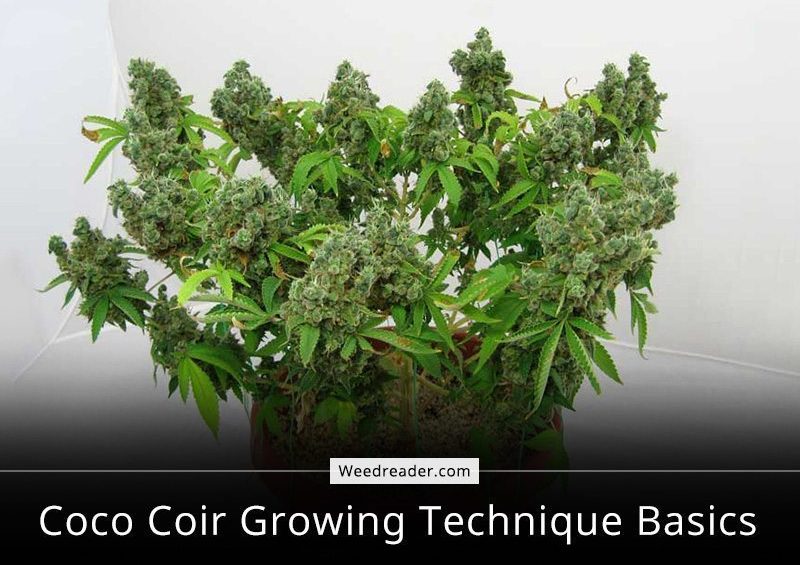Coco Coir is one of the most versatile mediums you can grow in.
Coco coir is derived from the coconut hull. It is made from the fibrous material between the outer husk and the inner meat. Originally, coir was used for cordage and ropes in ancient India but has also been used for mats and other flooring. In the 1980s, coir became popular in Holland to grow roses and lilies.
Coir is a lot like peat moss, but sustainable and eco-friendly. It can take centuries to re-grow peat moss once harvested but more coco coir is only a few ground up coconut husks away. Because coir promoted root growth, growers started using it for hydroponic gardening in place of peat moss. Eventually the economics of coco coir has helped it become one of the most popular grow mediums today.
Coco coir acts like a sponge and retains just the right amount of moisture for plants to grow in addition to being reusable. Where peat moss bogs can take decades to recover, coco is truly renewable as it converts annual waste into a usable product. Coco is also robust enough to last multiple harvests with the right care.
Coco coir reduces waste at its source and for the grower. 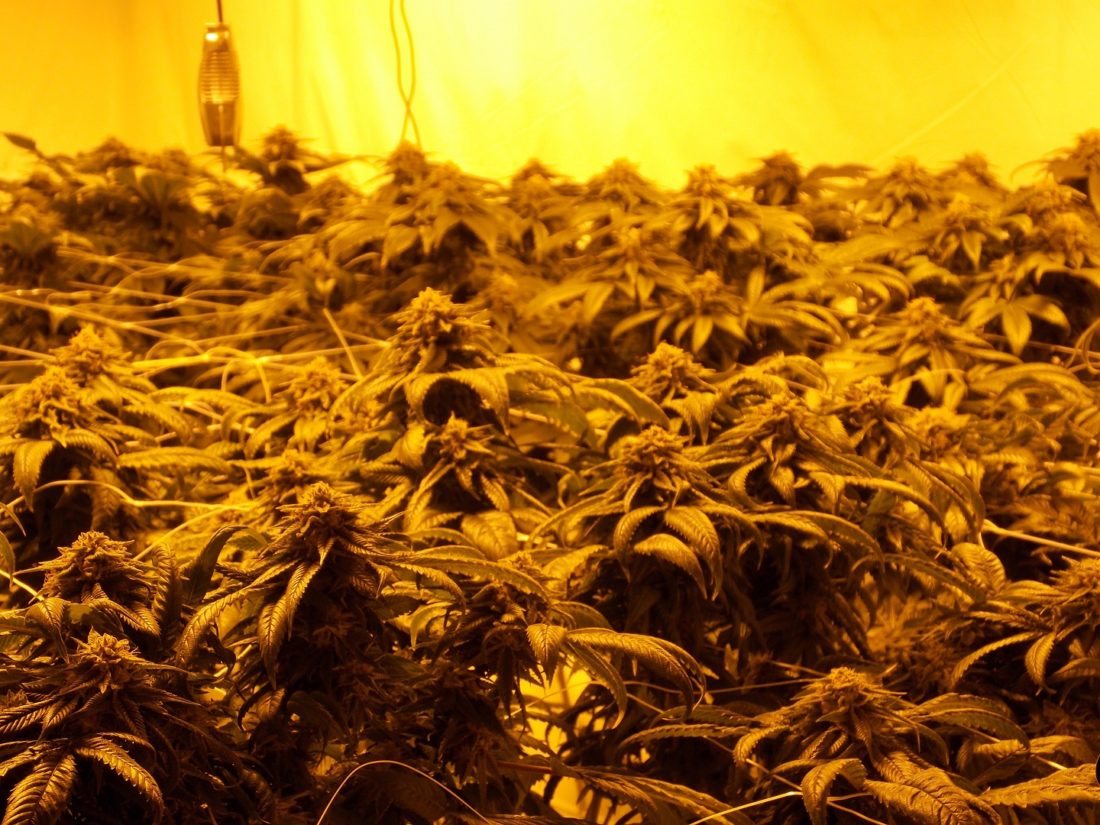
After harvest, giving coco a quick flush will get it ready to go back in the pot and nourish a new plant. It is recommended to use in no more than 3 grows before replacing entirely though. Having to replace the grow medium every cycle eats up profit so commercial operations find coco coir especially enticing.
It is also easily renewable, unlike peat moss. An average coconut tree produces 150 coconuts a year, so there is a continual supply of a product that would otherwise be considered waste. Some experts estimate that peat bogs take as long as 25 years to renew, while coco coir is an annual product.
While some growers use coco in soil based growing, it is more ideal for use in hydroponic operations. In soil it acts as a water retainer and aerator but as a soil replacement it has really comes into its own. The biggest reason it works so much better for hydro systems comes down to the fact that it has a neutral pH.
The neutral pH of coir is a huge benefit. 
Peat moss is considered acidic (it has a pH of 3.3 to 4) and requires additives to balance for growing cannabis. Coco coir on the other hand, is normally between a pH of 5.2 and 6.8. This means coco coir is ready to use without additives that can mess with the chemistry of nutrients.
Coco coir can also store nutrients for later use by the plant. This makes it ideal for drain to waste as well as drip systems because of how long the period between feedings/watering is. It is able to accomplish this nutrient storage because of an especially high cation exchange rate.
Nutritionally, coco is also an excellent choice. 
Depending on the source, coco coir it is rich in potassium, iron, manganese, copper and zinc. If growing hydroponically, this needs to be taken into consideration to provide the correct balance of nutrients. Coco coir can also store nutrients and release them as needed due to a high cation exchange rate. Interestingly, it tends to hold on to calcium and magnesium more than other nutrients.
Coir also promotes the growth of beneficial bacteria because of compounds called lignins. Not only will beneficial bacteria thrive in the presence of lignins, they help to minimize harmful bacteria. This means a cultivator can expect better growth, higher yields and less diseases.
It can hold water like no other.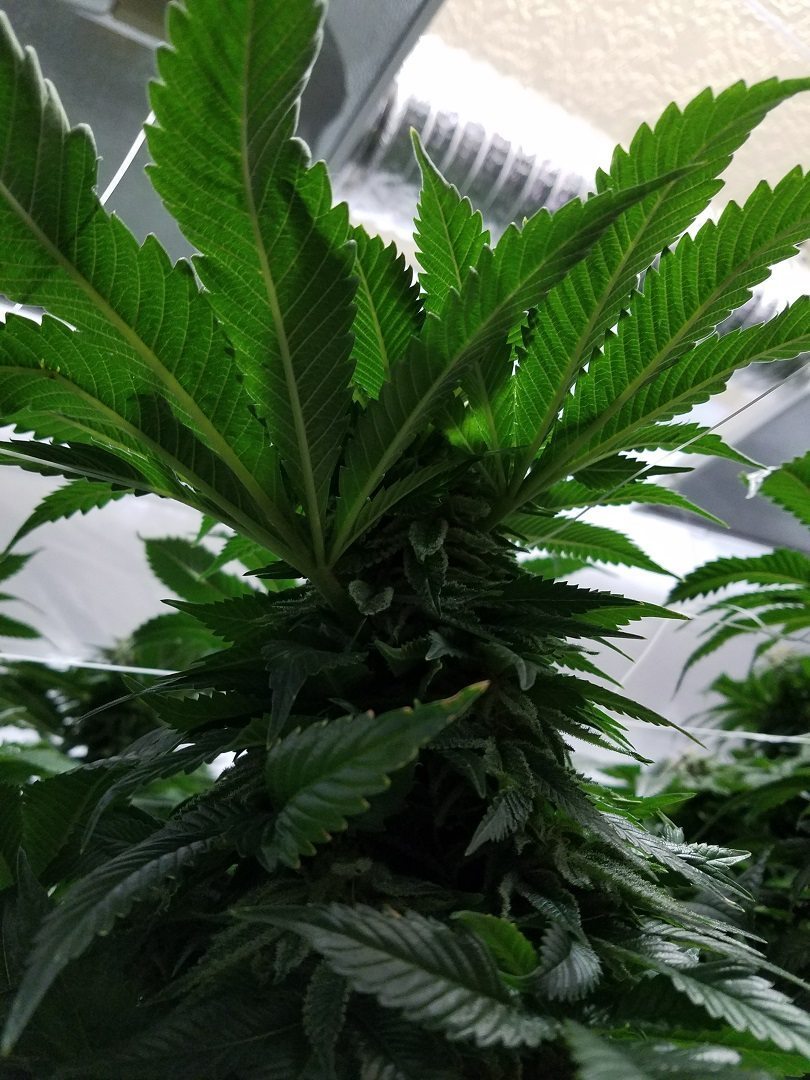
Coco coir holds water exceptionally well while still promoting good drainage and aeration. The material also prevents nutrients from leaching. The feeding schedule for a typical hydro drip system is three 15 minute cycles within an 18 hr period. Watering more than this won’t hurt the plant (unless you are also adding nutrients) but isn’t needed.
Because coco coir drains so well, it’s almost impossible to over water plants under normal conditions. Even saturated, coco coir retains a moisture to aeration ratio near 70:30. This prevents roots form ever sitting in anaerobic water ( a death sentence for roots). As long as the coco never dries out completely, coco coir provides reliable results.
It doesn’t retain nutrients forever.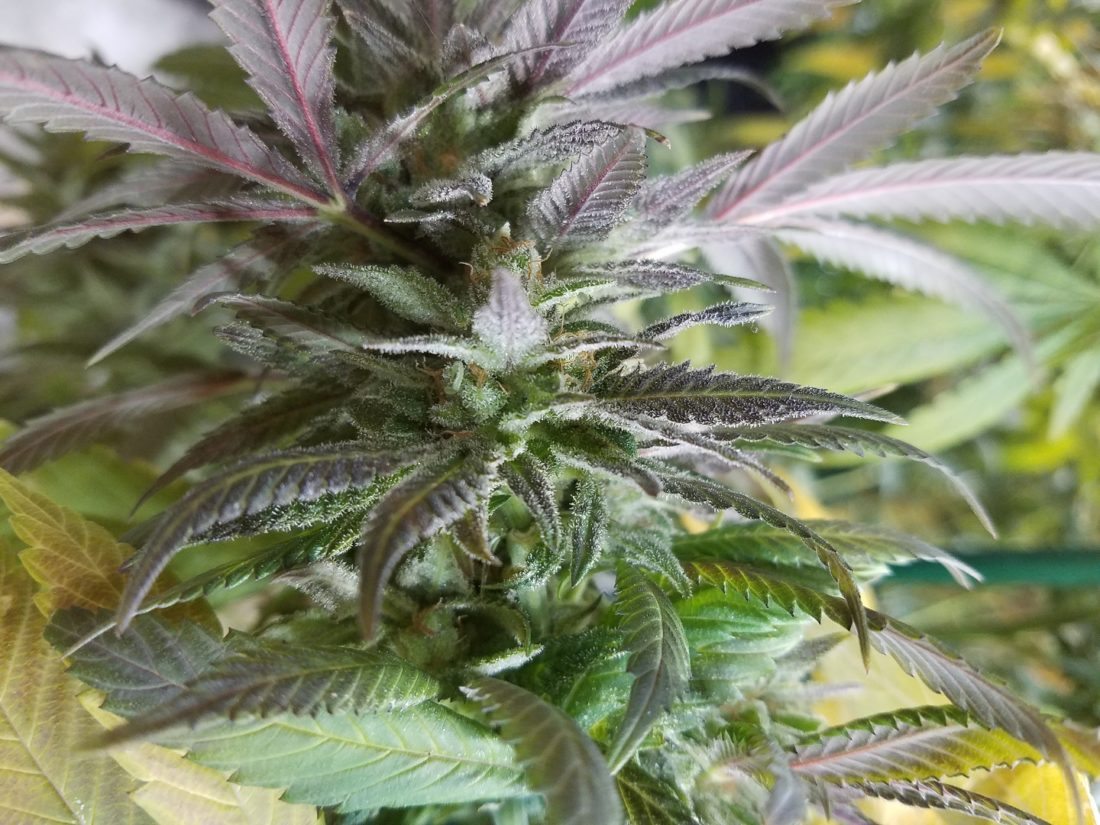
Coco coir is mostly inert and won’t hold onto nutrients for very long. If there is a nutrient deficiency, correcting it is as easy as supplementing during the next watering cycle. The coco coir makes nutrients immediately available to a plant’s roots so recovery from deficiencies as fast as possible.
If the plant gets overfeed, a quick and thorough flush removes practically every trace of nutrients. This makes it so plants can recover from nutrient lockout even faster without risking damage to the roots.
Adding perlite to help wick up the coco also helps against root rot. Make sure to wash brick supplied coco as it is notorious for having a high salt content. Any high end pre-bagged coco will be virtually saltless and closer to neutral pH. Adding salt and algae removers to the nutrient mix is considered safe and prevents drip blockage down the road.
The best reason to switch to coco coir is getting much bigger yields.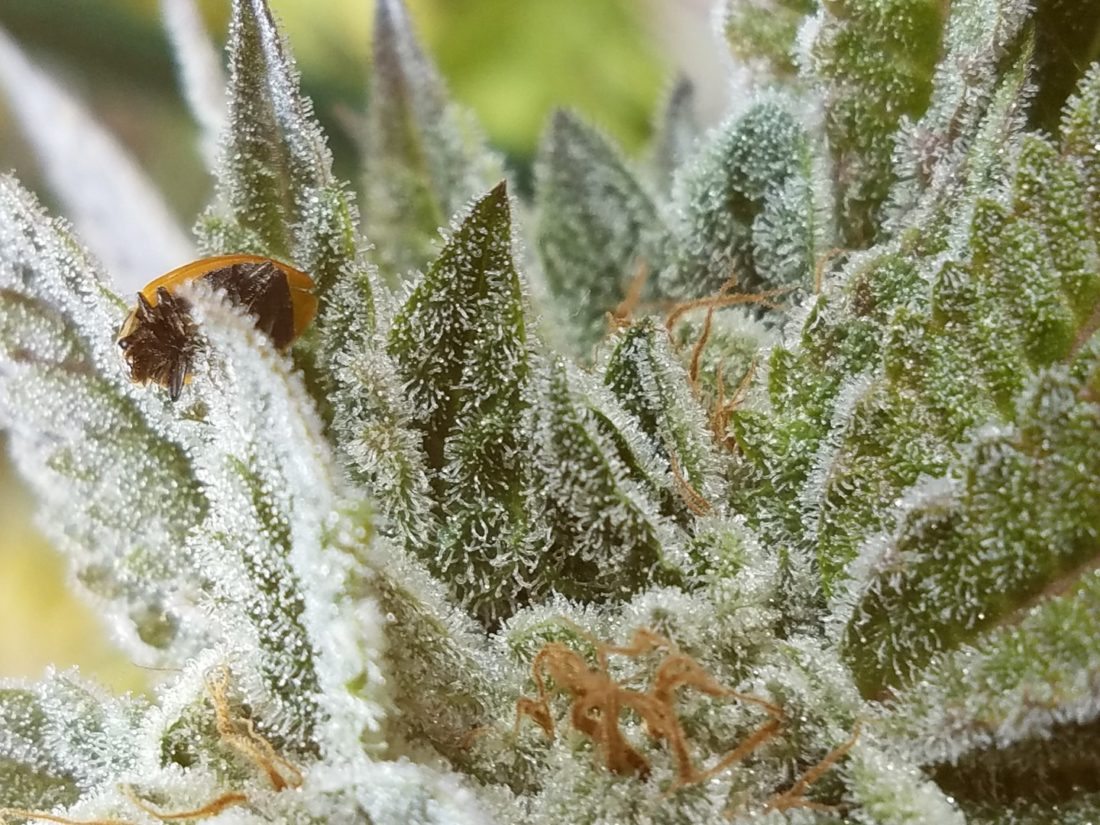
Plants grow bigger in coco coir systems than in soil given the same care. The overall boost to growth may not be quite as massive as methods like deep water culture, but they’re pretty close. In addition, coco coir is much easier to deal with.
Coco coir is eco-friendly, versatile, easy and more productive than soil. With those benefits, there is little reason to use anything else. Coco is available in pellets, bricks, sheets and ready-to-use bags. It can be found almost anywhere you can purchase potting soil, and in a pinch, can even be found it in the reptile section of local pet stores.
Coco coir presents a great compromise between full hydro and soil systems. Plants grow faster, get bigger and yield up to 25% more than in soil. It is also more forgiving than straight hydro setups which makes coir a great stepping stone. Coco coir offers a less demanding option to cultivators looking to grow the best cannabis out there.
I’d love to hear your thoughts.
Did I miss something important? Have you grown with coco coir before? What do you think new cultivators need to know about growing with it? Let us know your thoughts in the comments down below. Thanks for reading.

